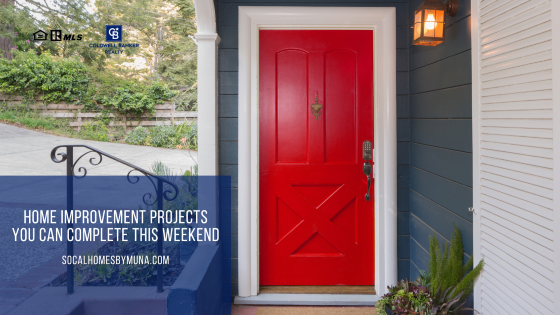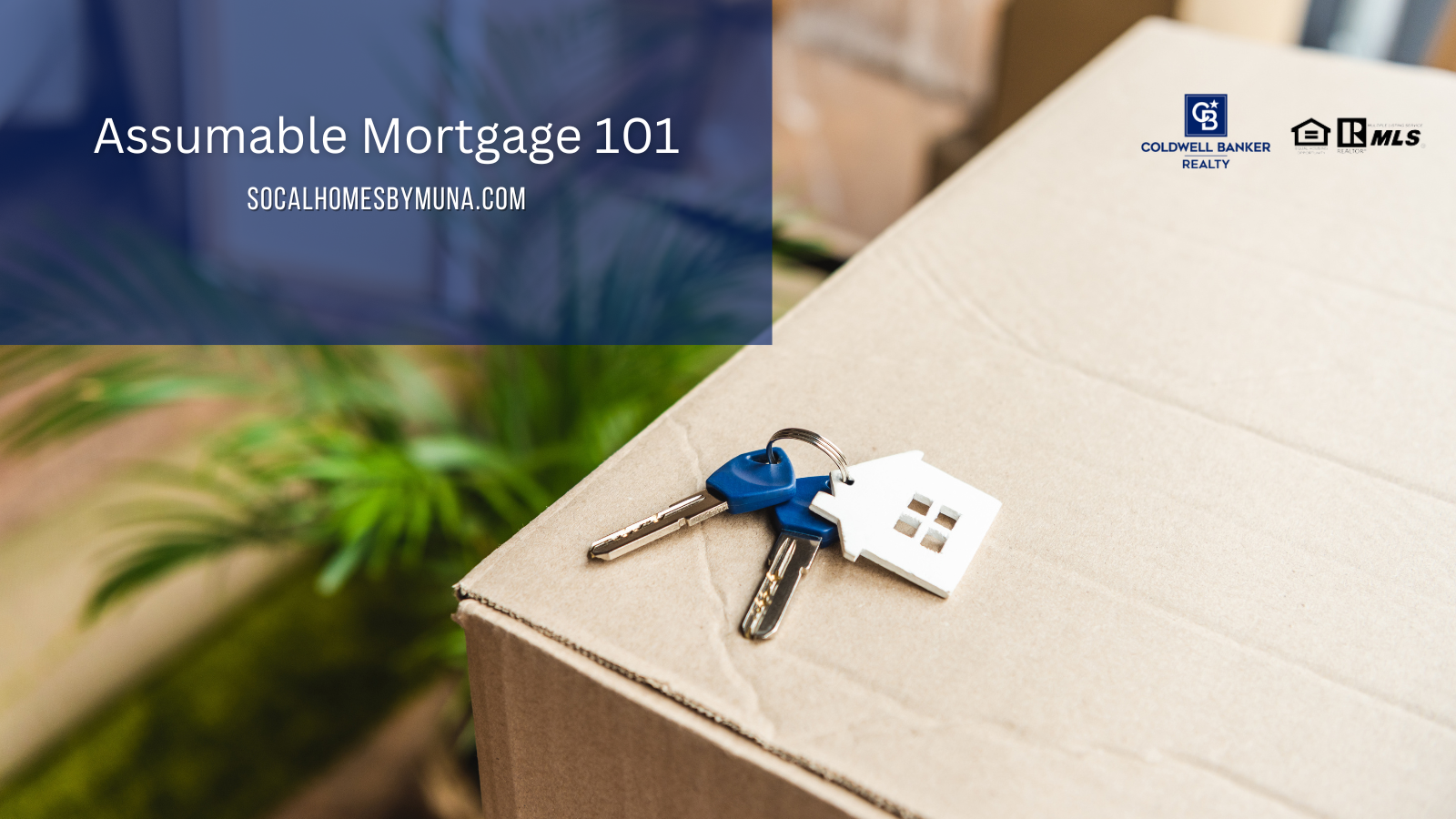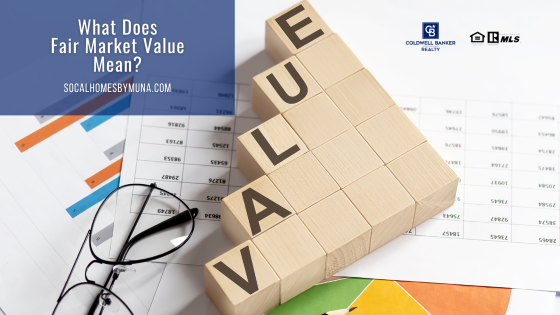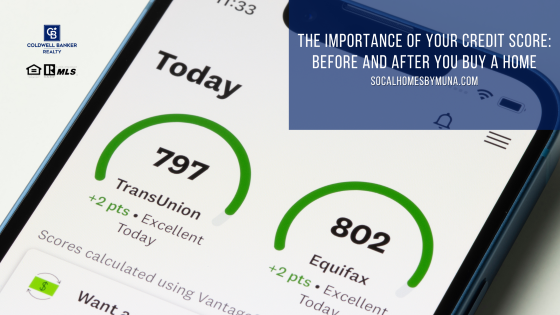Home Selling Tips: What NOT to Do

A few weeks ago, I gave some tips about how to sell your Inland Empire home during the fall. I talked about the importance of pricing your property appropriately, curb appeal, and adding natural elements to your home’s decor. Well, I figured I should probably also provide you with some home-selling tips highlighting what not to do. These can prove just as important.
Home Selling Tips: What NOT to Do
Poor Decor Choices
I spoke of great decor choices in my blog post about selling your home in the fall. On the flip side, overly glitzy or kitschy decorations for the holidays really turn buyers off. Likewise, crowded counters, walls, and shelves make even large spaces feel cramped. Also, “loud” or really dark paint colors make rooms feel less than inviting. That’s not exactly the vibe you want to give to buyers. Pare down your decorations and keep them neutral to make it easier for buyers to picture themselves living in the space. Speaking of poor choices…
Leave the Bathroom Carpet Intact
Honestly, I’m not even sure why this became a trend in the 1960s or 1970s. The mere thought of what lies within that once-plush, shaggy carpeting fills me with dread. And I’m not the only one. You may think it’s not a big deal. But buyers look at that and think “It’s going to cost money to change that”. In turn, they automatically start totaling up how much lower their offer may be to compensate. A quick update with tile gives you a chance to give your bathroom a facelift…and attract more buyers. Here are a few ideas for what tile to consider when remodeling your bathroom.
Avoiding the “Deep Clean”
Buyers look at everything. They open every door, cabinet, and drawer. Nothing escapes their gaze. Photographs pick up on just about every speck of dirt and dust as well. Therefore, you need to make sure you scrub your countertops, appliances, windows, window sills, carpets, tile or wood flooring, baseboards, and even the walls.
Ignore Stains and Smells
Imagine stepping into a home and being smacked in the face with the intense smell of smoke or pets. We tend to become “nose blind” to these smells when we live amongst them on a day-to-day basis. But someone stepping into your house for the first time will not be so lucky. The same goes for stains on the floors, walls, or cabinets. Tackle those issues before you list.
Muna Dionne, your Inland Empire specialist with Coldwell Banker Realty
Home Improvement Projects You Can Complete This Weekend

Do you have company coming into town for the holidays? Does your Southern California home need a pick-me-up? Instead of spending thousands of dollars on a new front door or garage door (which still brings the best return for your investment), consider one of these home improvement projects that play nice with your bank account and take less than a weekend to complete.
Weekend Home Improvement Projects
Front Door Facelift
For a quick and inexpensive alternative to a front door replacement, consider applying a vibrant paint color instead. A bright shade of red, blue, green or yellow makes a statement and costs less than $100. You might even want to zhuzh it up a little more by replacing the hardware, adding a brass door knocker, or even installing a pretty kickplate.
Add or Update Knobs and Pulls
Something as simple as replacing or adding knobs and pulls to your cabinets and drawers makes a huge difference in the appearance of your kitchen or bathroom. Home improvement stores offer a variety to choose from. Whether you prefer modern, traditional, chrome, oil-rubbed bronze, antique brass, or polished nickel, the possibilities are infinite.
Smarten Up Your Thermostat
While this may not add the “wow factor” to your design, a programmable thermostat costs between $70 and $220 but can save you several hundred in heating and cooling costs throughout the year. Buyers Guide names the Google Nest Learning Thermostat as their top pick for programmable thermostats for any household.
Add Plants
While fake plants feel like an obvious choice, embrace the real deal. Plants help clean the air inside your home as well as provide stress relief while boosting your mood. Get some easy-to-care-for houseplants like a jade plant, a spider plant, a snake plant, or a peace lily plant. These all thrive in just about any climate with minimal care.
Create Your Own Art Gallery
Gather together your favorite photographs. They can be of your wedding, family get-togethers, important moments, or even places you traveled to. Go to thrift stores and garage sales to find frames in similar colors or finishes. Print those photographs as black-and-white prints. Then choose one wall and create a photo gallery.
Closet Lights
Finally, this one may not wow your guests but it will certainly make you happy any time you open your closet door. Install lights inside your closets. No matter the size of your closet, you may be surprised at how luxurious something as simple as a light can be inside of your closet. While this sounds like an expensive option, prices start as low as $20 and require no electrical wiring.
Muna Dionne, your Inland Empire specialist with Coldwell Banker Realty
How to Add Storage to Your Home

Storage. No matter the size of your home, we all seem to need more storage. Whether you just moved into your new Southern California house or want to list it soon, you may need to add storage. If so, here are a few economical and inventive ways to do that without breaking the bank.
How to Add Storage to Your Home
Shelves
Never underestimate the simplicity and economy of shelving. Bathroom limited on space? Add a few shelves. (Good Housekeeping offers up some brilliant ideas here.) Running low on storage in your kitchen? Add a few shelves. (HGTV provides some interesting thoughts on open shelving in the kitchen here.) Just about any “dead space” in your home can be better used for storage with shelves. Living rooms look great with built-in bookshelves, too. Add a couple of drawers or decorative bins to stash away toys and other knick-knacks you don’t want guests to see.
Repurpose a Closet
With a few pieces of wood, some nails, and a little imagination, you can transform that old utility closet into an extra pantry, linen closet, or any other extra space needed. In the bedroom, most closets have extra space above the clothing rod. Add a shelf or two above to keep your luggage, out-of-season clothing, hats, bags, etc. Speaking of out-of-season, utilizing space-saver bags to vacuum-seal both clothing and bedding that you won’t be using for a few months.
Multi-Function Furniture
Furniture provides a fun and unique way to add storage to just about any room. A bench with built-in storage placed at the end of your bed, in your entry way, or in the living room provides additional seating as well as a great place to store blankets, shoes, toys, or whatever you need to stash away fast. You can also find ottomans and coffee tables with built-in storage. A bench seat under a window offers up a lovely place for reading as well as extra storage. Create an eat-in kitchen with a dining table and bench seating for a lovely breakfast nook. Store extra tablecloths, holiday linens, and those kitchen appliances you only use on special occasions here.
Roll-Away Options
Many companies offer slim cart options with wheels for easy roll-away storage in even the tightest of spaces. Add one to your kitchen to keep spices, seasonings, oils, and sprays organized and easy to reach. Keep your laundry essentials available when needed and tucked away when not. Use one in the bathroom for extra toilet paper and cleaning supplies.
Look Up
Finally, look up. When vertical space is limited, consider adding storage courtesy of your ceiling. A net or hammock for your child’s stuffed animals gets them off the floor yet tucked away. A pot rack keeps pots and pans readily available to use and frees up space in your cabinets. Garages also tend to collect a lot of “stuff”. This “stuff” can get out of hand pretty quickly, too. Consider adding shelving that hangs from the ceiling for your sports equipment, camping gear, holiday decorations, or anything else.
Muna Dionne, your Inland Empire specialist with Coldwell Banker Realty
Home-Selling Tips for the Fall

Last weekend, we officially said “goodbye” to summer and “hello” to Fall. While late spring/early summer tends to bring out the most buyers in Southern California, that does not mean that you missed your chance to sell your home. Quite the contrary. Buyers look for homes pretty much all year round. Let me offer up a few home-selling tips to help you slap a “sold” sign in your front yard this Fall.
Home-Selling Tips for the Fall
Price It Right
First of all, setting the appropriate list price has no “season”. You always need to price your Southern California home appropriately for the current market. Otherwise, the number of buyers out there does not matter. They’ll pass your home by if you ask too much for it. Do not trust those online home value estimators either. Instead, ask your REALTOR® to help you determine the right list price for your home.
Spruce It Up
Next, staged homes sell quicker than unstaged ones. Fortunately, Autumn offers up some of the most gorgeous colors in nature that also look good in your home. Add in soft natural colors like pumpkin, plum, golden yellow, and maroon with throws, accent pillows, vases, and even wall art. One way to create wall art on the cheap is by recovering your books in these fall-centric colors. Wrapping paper, wallpaper samples, and even construction paper make this a quick, simple, and inexpensive way to color-coordinate your bookshelves. Put branches clipped from the outside of your home into clear glass bottles with pretty ribbons wrapped around the neck. Place these in various locations around your home for more fall-inspired decor.
Remember Your Curb Appeal
Finally, do not neglect the outside of your Southern California home. Mow your grass regularly. Trim bushes and trees. Keep trash bins on the side of the house (out of sight from the curb). Store bikes, tools, and other items nicely in the garage or shed. Then, contact me when you are ready to list.
Muna Dionne, your Inland Empire specialist with Coldwell Banker Realty


 Facebook
Facebook
 X
X
 Pinterest
Pinterest
 Copy Link
Copy Link





